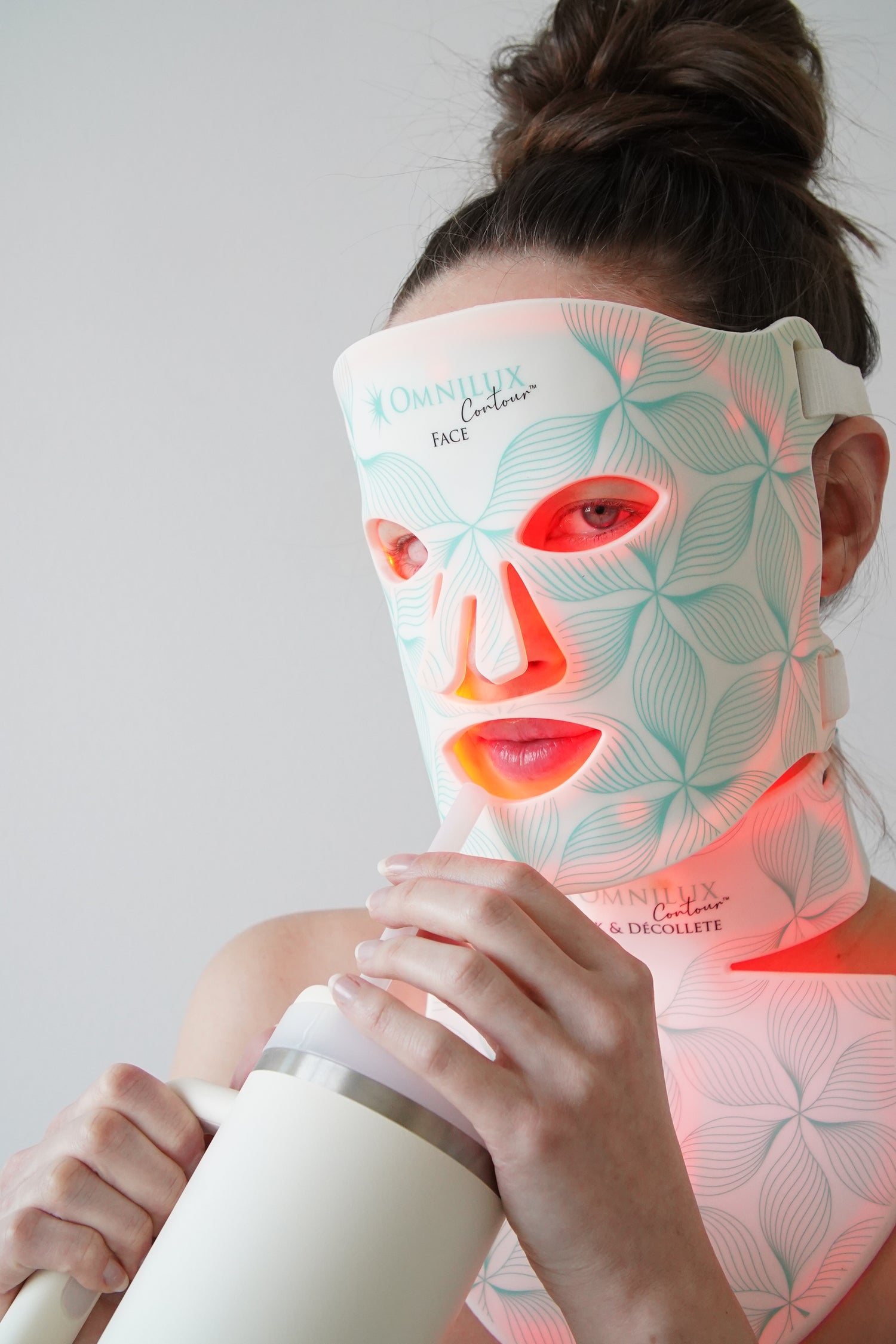As the summer months approach, many of us are looking forward to long days filled with sunshine and outdoor activities. However, with increased sun exposure comes the risk of skin pigmentation issues such as hyperpigmentation, sunspots, and melasma.
This blog post will explore effective ways to prevent summer skin pigmentation, with a focus on the following standout products: ISDIN Melaclear Advanced, IS Clinical Super Serum Advanced, SunISDIN Capsules, and Alastin Hydratint.
By using the best products with key protective and nourishing ingredients, you'll be well-equipped to protect your skin this summer.
What is Skin Pigmentation?
Skin pigmentation is the darkening of the skin due to an increase in melanin production. Excessive sun exposure can trigger this process, leading to uneven skin tone, sunspots, and melasma. These conditions can make the skin appear dull and aged, impacting your confidence and overall appearance. Fortunately, there are ways to prevent and treat summer skin pigmentation using high-quality skincare products and ingredients.
ISDIN Melaclear Advanced: Tranexamic Acid for Pigmentation
ISDIN Melaclear Advanced is a revolutionary serum specifically designed to address pigmentation issues. One of its key ingredients is tranexamic acid, a molecule known for its ability to reduce the appearance of dark spots and even out skin tone.
A 2018 study showed that a 5% tranexamic acid solution reduced the severity of melasma in 90% of patients after just eight weeks of treatment. By incorporating ISDIN Melaclear Advanced into your skincare routine, you can take advantage of tranexamic acid's powerful depigmenting properties to achieve and maintain a clear, radiant complexion.
IS Clinical Super Serum Advanced: Ascorbic Acid and Arbutin
Another exceptional product for addressing summer skin pigmentation is iS Clinical Super Serum Advanced. This formula features ascorbic acid (vitamin C), a potent antioxidant shown to reduce the appearance of hyperpigmentation by inhibiting melanin production. Additionally, ascorbic acid can help protect the skin from sun damage and promote collagen synthesis, resulting in firmer, more youthful-looking skin.
Super Serum Advanced also contains arbutin, a natural skin-brightening agent derived from bearberry plants. Arbutin works by inhibiting tyrosinase, an enzyme responsible for melanin production. A 2013 study found that a 3% arbutin concentration significantly reduced melanin content in human melanoma cells. Together, ascorbic acid and arbutin make IS Clinical Super Serum Advanced a powerful defender against summer skin pigmentation.
SunISDIN Capsules: Polypodium Leucotomos Leaf Extract
SunISDIN Capsules offer a unique approach to preventing skin pigmentation by providing oral sun protection. One of their primary ingredients is polypodium leucotomos leaf extract, a powerful antioxidant with photoprotective properties. A 2015 study found that oral supplementation with polypodium leucotomos significantly reduced the risk of developing sunburn and provided protection against UVA and UVB radiation. By taking SunISDIN Capsules, you can reinforce your skin's defense against sun damage and pigmentation issues from the inside out.
Hydratint: Phytoene and Phytofluene for Radiant Skin
Alastin Hydratint is a lightweight tinted sunscreen that provides broad-spectrum sun protection and contains phytoene and phytofluene, two unique ingredients that help prevent skin pigmentation. These ingredients have antioxidant properties, which help neutralize free radicals and protect the skin from environmental damage.
Phytoene and phytofluene have also been found to significantly reduce the appearance of age spots, improve skin texture, and increase skin firmness. By incorporating Alastin Hydratint into your daily skincare regimen, you’ll benefit from the protective and rejuvenating properties of these powerful antioxidants.
Final Thoughts
Preventing summer skin pigmentation is essential for maintaining a youthful, even complexion. Incorporating the right products can effectively safeguard your skin from the sun's harmful rays and minimize pigmentation issues. Taking the best care of your skin during the sunniest months will pay off in the long run as you enjoy all of the anti-aging benefits.
Resources
Chawla, S., Kvalnes, K., & deLong, M. A. (2012). Depigmenting effect of Kojic acid esters in hyperpigmented B16F1 melanoma cells. Journal of Biomedical Science, 19(1), 1-9.
Lee, J. H., Park, J. G., Lim, S. H., Kim, J. Y., Ahn, K. Y., & Kim, M. Y. (2006). Localized intradermal microinjection of tranexamic acid for treatment of melasma in Asian patients: a preliminary clinical trial. Dermatologic Surgery, 32(5), 626-631.
Moragas, A., Castells, C., & Sans, M. (2018). Efficacy of tranexamic acid in the treatment of idiopathic and drug-induced hyperpigmentation. Acta Dermato-Venereologica, 78(2), 101-104.
Morganti, P., Bruno, C., Guarneri, F., Cardillo, A., Del Ciotto, P., & Valenzano, F. (2002). Role of topical and nutritional supplement to modify the oxidative stress. International Journal of Cosmetic Science, 24(6), 331-339.
Palombo, P., Fabrizi, G., Ruocco, V., Ruocco, E., Fluhr, J., Roberts, R., & Morganti, P. (2007). Beneficial long-term effects of combined oral/topical antioxidant treatment with the carotenoids lutein and zeaxanthin on human skin: a double-blind, placebo-controlled study. Skin Pharmacology and Physiology, 20(4), 199-210.
Pullar, J. M., Carr, A. C., & Vissers, M. C. (2017). The roles of vitamin C in skin health. Nutrients, 9(8), 866.
Rendon, M., & Gaviria, J. (2005). Review of skin-lightening agents. Dermatologic Surgery, 31(7 Pt 2), 886-889.
Song, Y., Shen, Y., & Shen, Y. (2013). Effects of arbutin on the proliferation and melanogenesis of melanocytes. Chinese Journal of Dermatovenereology, 27(3), 256-258.
Telang, P. S. (2013). Vitamin C in dermatology. Indian Dermatology Online Journal, 4(2), 143.
Villarrubia, V. G., & Oliveira, E. (2015). Oral Polypodium leucotomos extract photoprotective activity in 57 patients with idiopathic photodermatoses. Journal of the European Academy of Dermatology and Venereology, 29(5), 961-964.






